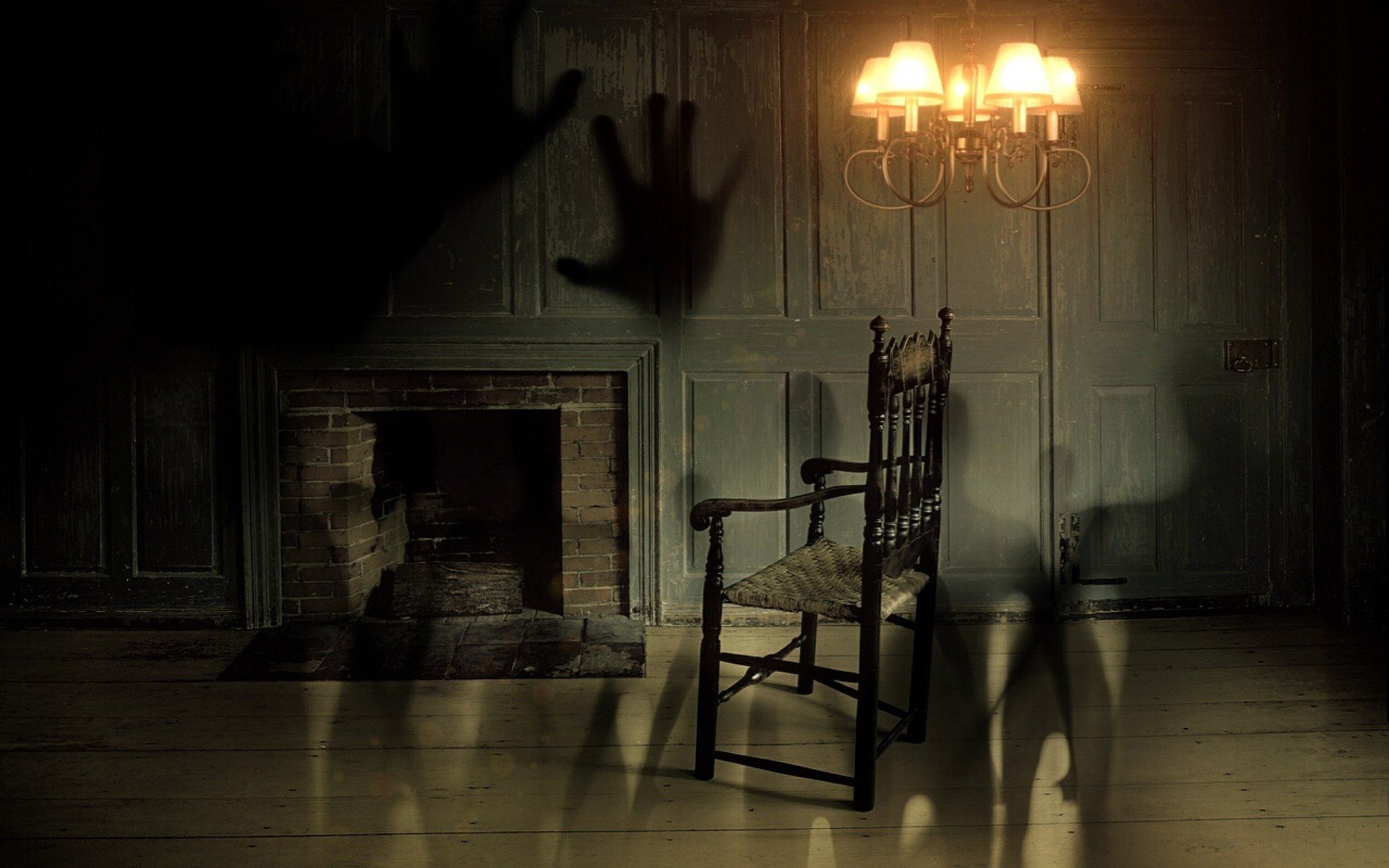Baland Jalal, a scientist at Harvard and Cambridge Universities, studies the topic of sleep paralysis. In a new article published in the journal Big Think, the researcher addressed many questions related to this phenomenon, which 20% of people on the planet have experienced at least once.
Sleep paralysis most often occurs when we are in a state of sleep deprivation, when we nap during the day, or when we wake up while still in the rapid eye movement (REM) stage. In addition to the inability to move (which in itself is frightening), this experience is often accompanied by hallucinations. Some of the most common hallucinations experienced by sufferers include the impression of looking at oneself from the outside one’s body, as well as the presence of scary creatures. Jalal, however, explains these two cases are related. Out-of-body experiences can be artificially created in the laboratory by disrupting the activity of a specific area of the brain (the temporoparietal junction). This area is responsible for helping us distinguish between the “self” and the “other.” During REM sleep, it is turned off, and we can see ourselves from a third-person perspective. Similar disorders can occur in sleep paralysis.
If a person in sleep paralysis sees a ghost, a terrifying shadow, or a monster, it may be a projection of their own body, which they mistake for a separate being. This hypothesis has not yet been proven, but it is consistent with the available observations. Jalal has repeatedly investigated the cultural characteristics of the perception of sleep paralysis in different countries. For example, in Denmark, people consider it a trivial phenomenon activated by the brain, while the Italians associate it with the myth of the witch Pandafeche. For the Egyptians, sleep paralysis is caused by a genie, a spirit that can kill its victims. Many Egyptians are seriously afraid of dying from it and experience sleep paralysis three times more often than the Danes.
The problem is that fear increases the likelihood of sleep paralysis, as well as its duration, and leads to more intense hallucinations. Jalal also announced that his latest research, which will be published shortly, demonstrates that sleep paralysis, accompanied by hallucinations and cultural beliefs, can cause real symptoms of trauma and anxiety.
One of the ways to combat sleep paralysis is sliding into a lucid dream (LD). Both sleep paralysis and lucid dreaming are called phase states, a concept that also includes out-of-body experiences. According to Jalal, both sleep paralysis sufferers and lucid dreamer find themselves between REM and wakefulness, but the former is dreaming while awake, while the latter is awake while dreaming. Lucid dreaming can give one a sense of control over the situation and thus be therapeutic.




